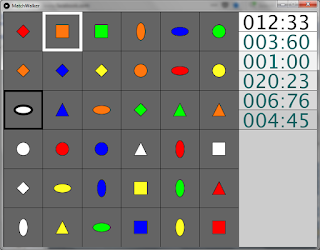Markov Decision Processes 02: how the discount factor works

Pt En In this previous post I defined a Markov Decision Process and explained all of its components; now, we will be exploring what the discount factor $\gamma$ really is and how it influences the MDP. Let us start with the complete example of last post: In this MDP the states are Hungry and Thirsty (which we will represent with $H$ and $T$) and the actions are Eat and Drink (which we will represent with $E$ and $D$). The transition probabilities are specified by the numbers on top of the arrows. In the previous post we put forward that the best policy for this MDP was defined as $$\begin{cases} \pi(H) = E\\ \pi(T) = D\end{cases}$$ but I didn't really prove that. I will do that in a second, but first what are all the other possible policies? Well, recall that the policy $\pi$ is the "best strategy" to be followed, and $\pi$ is formally seen as a function from the states to the actions, i.e. $\pi: S \to A$. Because of that, we must know what $\pi(H)...




